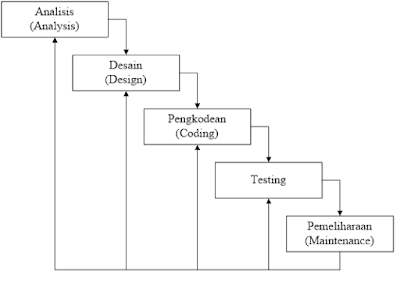

And that’s in addition to specifying the correct functional form! Nonlinear model of electron mobility by density. What this means for you is that you need to worry about which algorithm to use, specifying good starting values, and the possibility of either not converging on a solution or converging on a local minimum rather than a global minimum SSE. However, nonlinear models use an iterative algorithm rather than the linear approach of solving them directly with matrix equations. Like OLS, nonlinear regression estimates the parameters by minimizing the SSE. Nonlinear regression also requires a continuous dependent variable, but it provides a greater flexibility to fit curves than linear regression. PLS uses the correlation structure to identify smaller effects and model multivariate patterns in the dependent variables. Unlike OLS, you can include multiple continuous dependent variables. PLS emphasizes developing predictive models and is not used for screening variables. Then, the procedure performs linear regression on these components rather than the original data. PLS decreases the independent variables down to a smaller number of uncorrelated components using Principal Component Analysis.

The procedure trades away much of the variance in exchange for a little bias, which produces more useful coefficient estimates when multicollinearity is present. This type of model reduces the large, problematic variance that multicollinearity causes by introducing a slight bias in the estimates. Ridge regression allows you to analyze data even when severe multicollinearity is present and helps prevent overfitting.However, OLS has several weaknesses, including a sensitivity to both outliers and multicollinearity, and it is prone to overfitting. To address these problems, statisticians have developed several advanced variants: It was designed so that statisticians can do the calculations by hand. Linear models are the oldest type of regression. Stepwise regression and Best subsets regression: These automated methods can help identify candidate variables early in the model specification process.These graphs make understanding the model more intuitive. Linear model that uses a polynomial to model curvatureįitted line plots: If you have one independent variable and the dependent variable, use a fitted line plot to display the data along with the fitted regression line and essential regression output.

There are some special options available for linear regression. If you have a continuous dependent variable, linear regression is probably the first type you should consider. Linear models are the most common and most straightforward to use. This analysis estimates parameters by minimizing the sum of the squared errors (SSE).
#SEQUENTIAL TESTING FOR THE LINEAR MODEL HOW TO#
Related posts: Nominal, Ordinal, Interval, and Ratio Scales, Guide to Data Types and How to Graph Them, and Independent and Dependent Variables Explained This process should help narrow the choices! I’ll cover regression models that are appropriate for dependent variables that measure continuous, categorical, and count data. If you’re not sure which procedure to use, determine which type of dependent variable you have, and then focus on that section in this post. I organize the types of regression by the different kinds of dependent variable. I’ll provide an overview along with information to help you choose. In this post, I cover the more common types of regression analyses and how to decide which one is right for your data. This choice often depends on the kind of data you have for the dependent variable and the type of model that provides the best fit. There are numerous types of regression models that you can use. Regression analysis mathematically describes the relationship between a set of independent variables and a dependent variable.


 0 kommentar(er)
0 kommentar(er)
